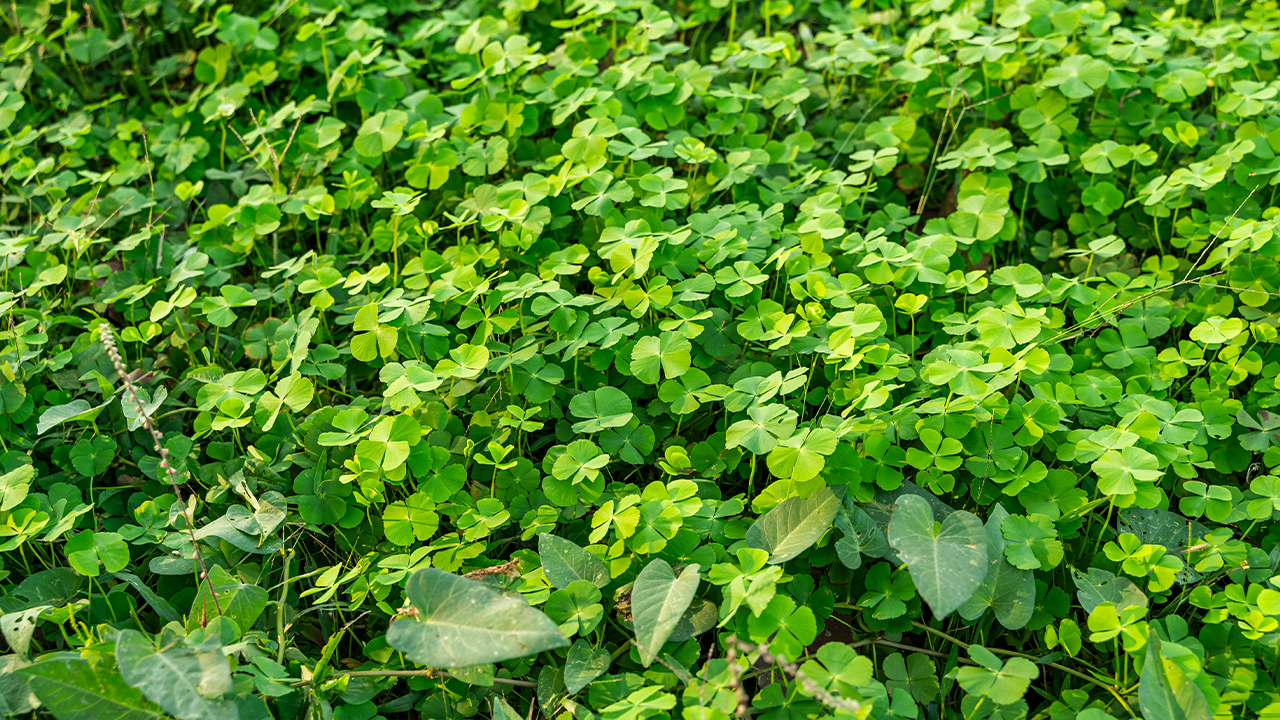
Make Your Food Plots Work Harder — and Smarter
A green plot might look great from the stand, but that doesn’t always mean it’s valuable to the wildlife grazing on it. Deer are selective feeders, and their diets vary based on location, season, and nutritional needs. Throughout most of the year, native browse and forbs (non-woody plants) make up over 80% of their nutrition. In fall, mast crops like acorns and fruit take priority.

While food plots shouldn’t replace native forage, they’re a powerful tool for bridging nutritional gaps — especially in the harshest months when natural food is scarce. When managed effectively, food plots can provide a high-quality source of protein and carbohydrates to support growth, antler development, and reproduction.
The Keys to a Productive Food Plot
- Seasonal Forage Selection
Choose high-protein legumes (e.g., clover, soybeans) in spring and summer, and switch to energy-dense grains (e.g., brassicas, winter wheat) in fall and winter.
- Soil Health Matters
Test your soil and apply the right amendments to ensure your plots grow dense, nutritious forage.
- Diversity is Essential
Planting a variety of species helps ensure consistent nutrition throughout the year and attracts a broader range of wildlife.
At Hunt Moore Official, we offer a wide variety of food plot seeds and fertilizers to meet both your needs and the needs of your wildlife. Whether you're planting for the first time or looking to improve your results, we’re here to help you do it right — and do it well.
For more information about food plots and seed availability, call (229) 977-5945 or stop by the store in Cairo!

